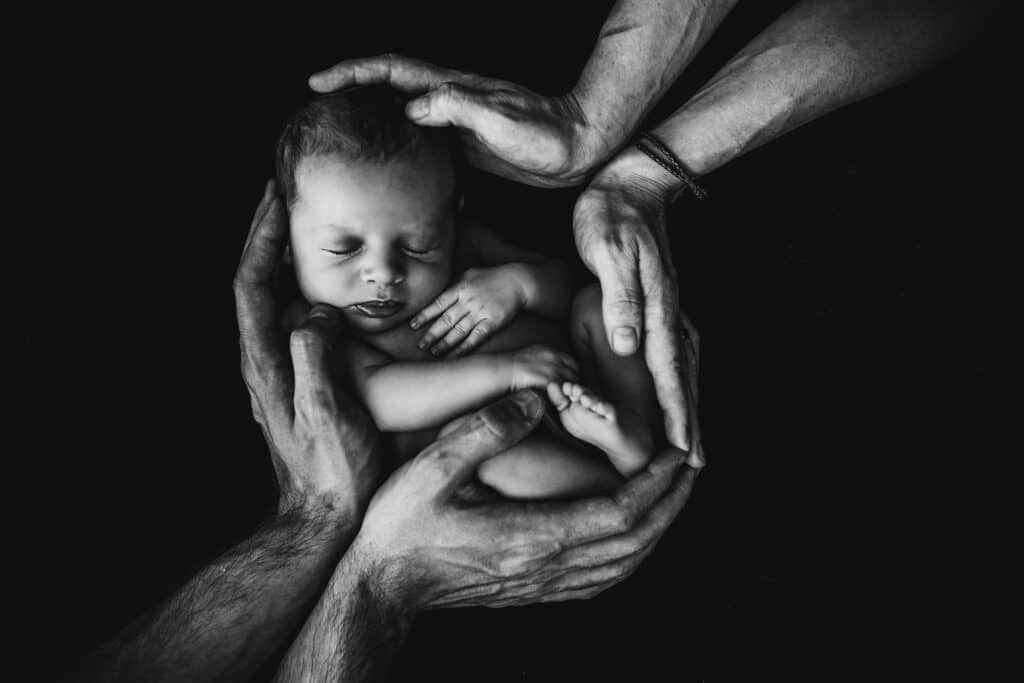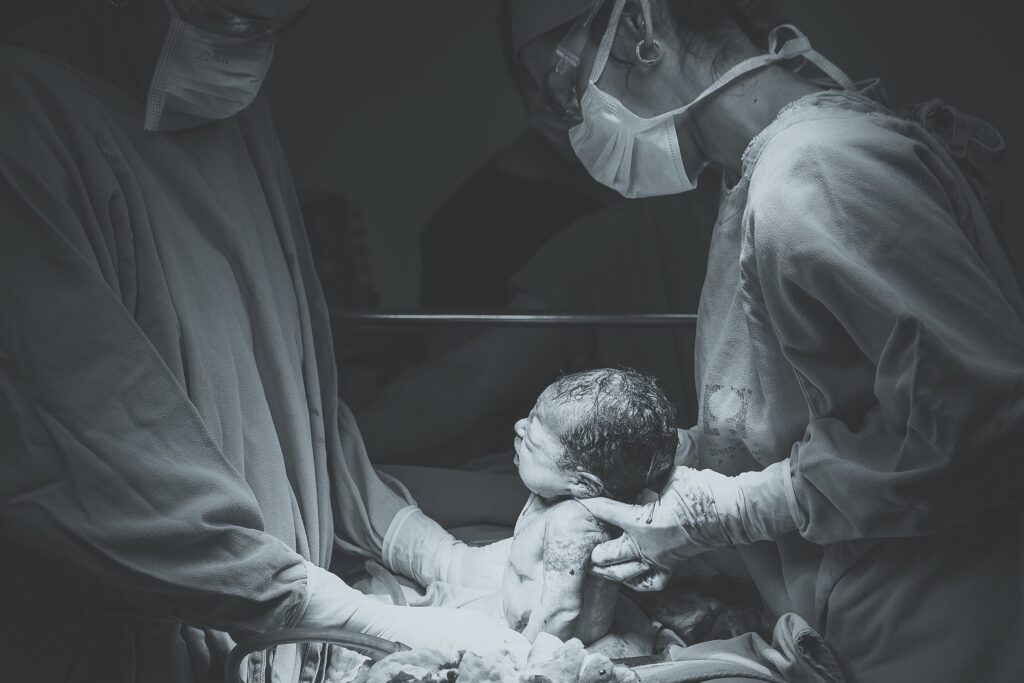How are babies born?
You may be familiar with how babies are created: sperm and egg meet, and a lovely child is born nine months later. However, there is a lot more to it than that. There are many phases, from egg development to sperm production, ovulation, fertilization, implantation, and birth.

How do women’s eggs develop?
A woman’s potential pregnancy begins in the ovaries, with two almond-shaped glands on either side of the uterus.
Follicle-stimulating hormone, released by the pituitary gland, stimulates follicles in one of a woman’s ovaries to start maturing throughout the menstrual cycle, most frequently between days 6 and 14 for women. The ovary releases its egg around day 14 due to a rise in luteinizing hormone, which is also produced by the pituitary. The fallopian tube then leads the egg to the uterus.
The clock for conception begins with this discharge, known as ovulation. Since the egg only survives for around 24 hours after ovulation, it has to be fertilized soon for conception.
On its route to the uterus, your egg may contact with healthy sperm. If this happens, the two may unite and start conceiving a child. When pregnancy doesn’t occur, the uterus is shed during your period.
How do men produce sperm?
Millions of microscopic sperm with the sole purpose of penetrating an egg are produced by a man’s body almost regularly. At puberty, a man creates millions of sperm cells per day.
Each ejaculation releases 500 million. The two glands in the scrotal sac below the penis are called the testicles, where sperm development begins. Due to their high sensitivity to temperature, the testicles hang outside of a man’s body.
Before ejaculation, the sperm are first deposited in the epididymis, a portion of the testicle. Even while each ejaculation produces and releases millions of sperm, only one can fertilize an egg.
The type of sperm penetrating the egg first determines the sex of the resulting embryo. A boy is born from sperm with a Y chromosome, and a girl is born from sperm with an X chromosome.
Can an orgasm get you pregnant?
An orgasm propels sperm into the vagina and up against the cervix, where they are helped to reach the fallopian tubes minutes later. This could help you become pregnant quickly because it provides sperm a head start on their journey to the egg.
Orgasms in women may help in conception. Sperm is drawn farther into the cervix by the female orgasm’s wavelike contractions. However, no definite evidence exists that having an orgasm will make you more pregnant.
What happens after you have sex?
There is a lot of activity going on inside your body after intercourse. Those millions of sperm have started looking for an egg to fertilize to create a baby.
The genetic material from the sperm and egg mixes and later forms an embryo. The embryo develops into a blastocyst, a collection of highly structured cells. The blastocyst attaches to the wall of the uterus after finishing its journey down the fallopian tube. This is known as implantation and happens five to six days after fertilization. The fetus is fully developed in the mother’s womb for nine months.
You can take a home pregnancy test to determine if you are expecting a child.
What happens to your body during childbirth?
Despite the difficulties and challenges of childbirth, women’s bodies are built for giving birth. The shape of the pelvis, hormones and strong muscles work together to deliver your baby into the world.

How does your body prepare for labour?
Below are a few ways your body will get you and your unborn child ready for the impending delivery.
- Braxton Hicks contractions
Before you get proper contractions, you may experience Braxton Hicks contractions. These contractions usually don’t hurt and help prepare your uterus and cervix for labour.
Braxton Hicks’s contractions may become more regular as the due date approaches. However, unlike labour contractions, they do not change the cervix’s shape and are sometimes called “false labour.”
- Changes to the cervix
Your cervix softens and thins as labour begins, allowing the baby to enter the vagina. A pinkish mucus plug stained with blood may also be seen.
- Rupture of the membranes
Before labour begins, some women find that the sac of amniotic fluid containing the baby ruptures, contractions start, and the fluid leaks from the vagina. This is referred to as water breaking or membrane rupture.
Generally, it is light yellow. There is a risk of infection if your waters have broken and your contractions have not started within 24 hours.
How to know when your labour has started?
In real life, many women are unsure if they have started their labour. Labour begins with contractions to open up the cervix. You may feel tired, have back pain or period-like pain, or have stomach disturbances like diarrhoea.
How is your pelvis designed for childbirth?
Women have broader, flatter pelvises and wider pelvic cavities that accommodate a baby.
The uterus, cervix, and vagina are located in a woman’s pelvis, which is held together by a set of muscles. The muscles at the top of the uterus press the baby’s bottom during birth. After then, the Baby’s head pushes against the cervix, causing the release of the hormone oxytocin and the onset of contractions. The cervix should dilate so your baby can pass through it. The bones and ligaments in your pelvis move or stretch as the baby enters the vagina.
How do hormones help you to give birth?
Hormones are produced by your body before, during, and after labour to help in childbirth.
- Prostaglandin is released before the delivery. A higher prostaglandin level helps in cervix opening and increases oxytocin receptivity in your body.
- During labour, oxytocin induces contractions. Oxytocin and prolactin produce and release breast milk for your baby.
- Relaxin helps break your waters, stretches the ligaments in your pelvis, and softens and stretches the cervix for birth preparation.
- During labour, beta-endorphin is released to help with pain relief and make you happy or euphoric.
